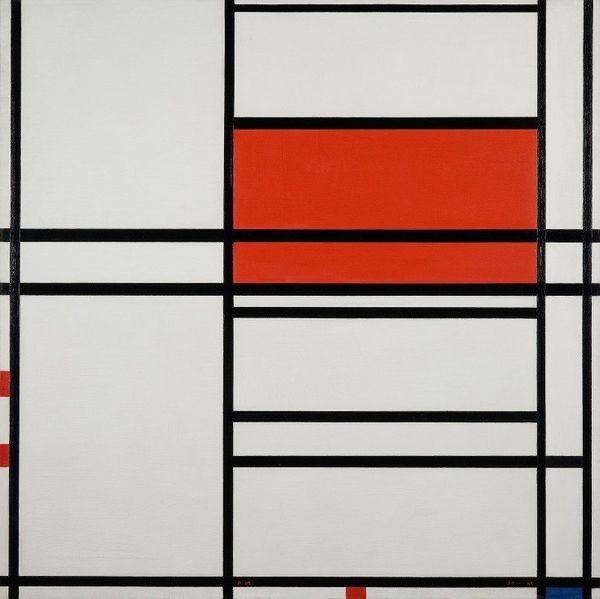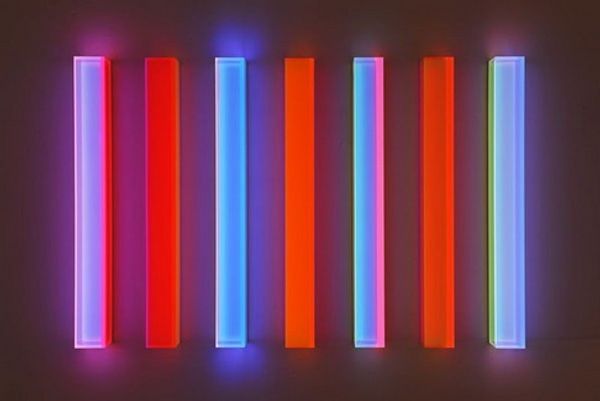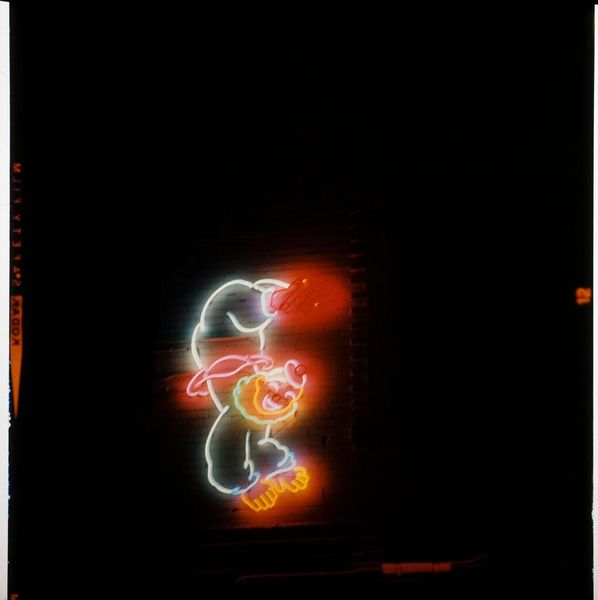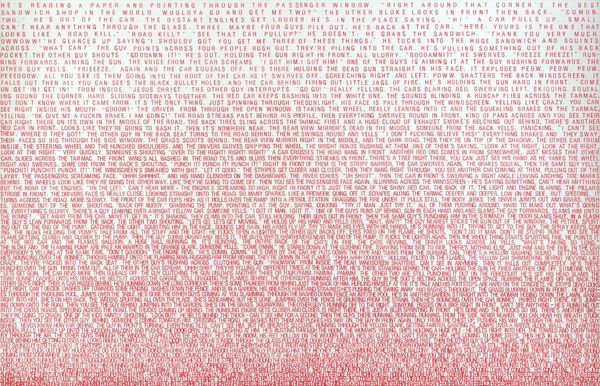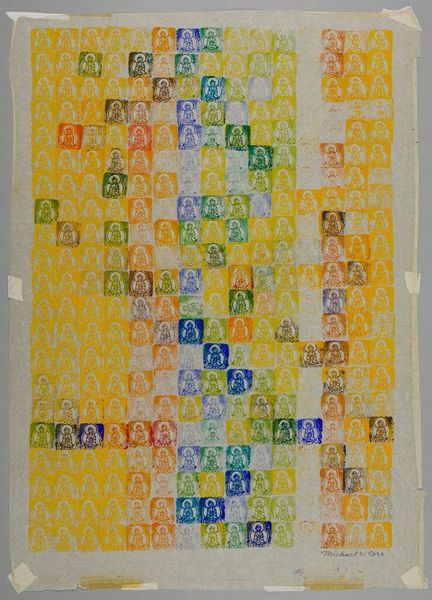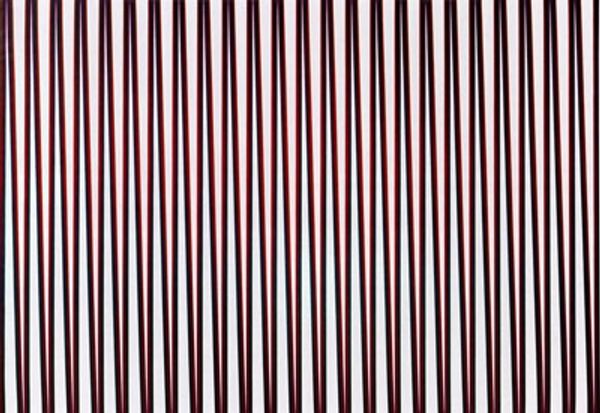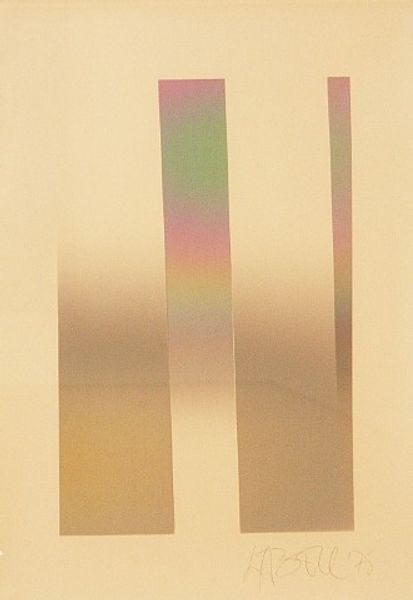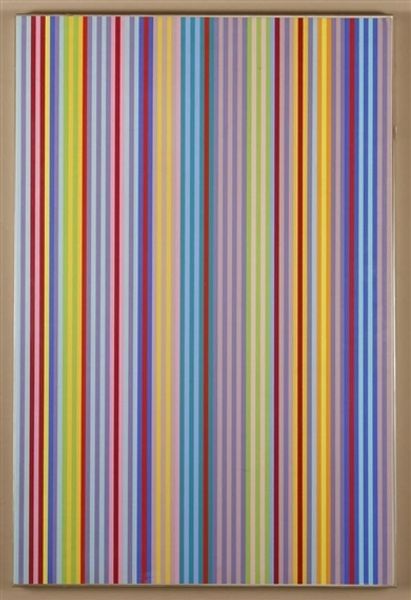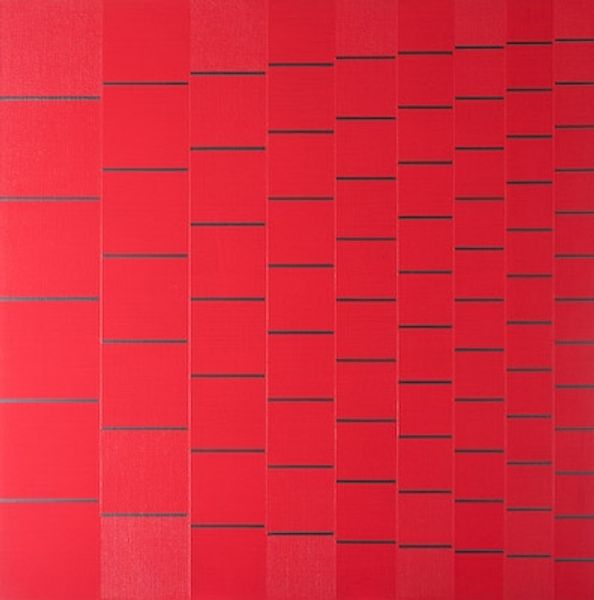
textile, video-art, installation-art
#
light-and-space
#
conceptual-art
#
postmodernism
#
neon lighting
#
textile
#
video-art
#
light installation
#
installation-art
Copyright: Bruce Nauman,Fair Use
Curator: We're standing before Bruce Nauman's captivating light installation, "One Hundred Live and Die," created in 1984. Editor: It's immediately striking, almost overwhelming. A visual cacophony of color and language, both chaotic and mesmerizing. The sheer scale is impressive. Curator: Indeed. Nauman uses neon tubing to spell out various phrases combining the words "live" and "die" with a verb: "Laugh and Live," "Cry and Die," a seemingly endless arrangement that feels deliberately confrontational. Editor: The formal contrast between the hard, industrial neon and the ephemeral nature of light is intriguing. It presents such definitive statements in such an ethereal form, the effect almost ironically undermining each imperative it gives. The color coding too—the use of different neon hues feels somehow significant. Curator: The varied palette emphasizes each phrase individually. Yet Nauman seems to intentionally frustrate meaning through repetition and nonsensical combinations. It speaks to postmodern ideas regarding art and language itself—can we trust our interpretations? Are these slogans anything beyond superficial noise? Editor: In terms of socio-political impact, I find it difficult to ignore that the late 20th century—and really even the current moment—continues to struggle with existential angst related to a rapidly changing world and the human body's place within it. By presenting an arbitrary, perhaps absurdist view of human existence, "One Hundred Live and Die" ironically reflects back society’s discomfort toward the corporeal reality of what it means to be human. Curator: Agreed. It becomes this visual echo chamber of existential platitudes. Thinking about its physical structure, there's a grid-like quality, an almost mathematical precision in the arrangement. Does that structure lend it any sense of meaning or control amid all the semantic freefall? Editor: I think the matrix-like form only accentuates its lack of any final resolve. What are viewers left with? What can we do but keep looking, and feeling, and… simply experiencing, despite the uncertainty? Curator: A poignant and discomforting note to end on. Thanks for sharing, especially how context reshapes perception, even within strict formal confines. Editor: Likewise, the piece’s structural clarity brings those larger anxieties and complexities more clearly into focus, it feels quite purposeful, if contradictory, overall.
Comments
No comments
Be the first to comment and join the conversation on the ultimate creative platform.

